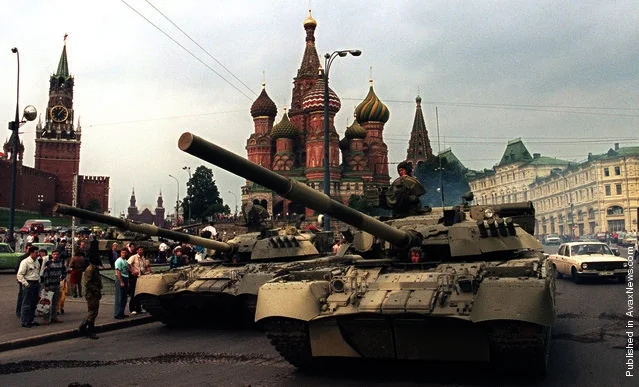If a warfighter cannot be supplied, a war cannot be won. Turner’s work is vitally important for operational and strategic planners of every branch of the military, especially those who look for common themes across history that are still relevant today.
#Reviewing Radical Inclusion
The invaluable lessons in this text only confirmed what I thought I knew about the two. What Dempsey and Brafman bring to the pages of this short, yet enduring book will help dampen the volume of the noise of the world, bring clarity to the fog of the digital battlefield, increase our trust for each other, and ultimately help us all be more inclusive leaders.
Six Convergent Paths to Victory: #Reviewing Corps Commanders of the Bulge
World War II is not without its exemplars of leadership across all levels of war. Volumes of text have examined the command styles of Eisenhower, Patton, Macarthur, and Bradley at the theater and field army command levels. Likewise, historians have tracked the experiences of companies of infantry soldiers and their non-commissioned officers, lieutenants, and captains. In between is the Army corps, and Dr. Harold R. Winton’s Corps Commanders of the Bulge, which covers with great detail the training, development, and battlefield execution of the six integral operational-level leaders who shaped the path to victory in this pivotal battle of World War II.
#Leadership in an Ambiguous World
The nature of serving as a military leader lends itself to an innate desire to be in control of one’s circumstances whenever possible. That said, the future is not, and likely will not be so clear, and future leaders must be prepared to succeed in this environment. By embracing a new standard in training, and more importantly education and development, we can capitalize on the ability of innovative leaders to link new explanations to old problems.
#Monday Musings: Steven L. Foster
The Sykes-Picot Agreement at 100
The violence occurring in the Middle East is the result of a revisionist movement, namely the Islamic State of Iraq and Syria (ISIS), which seeks to conquer the greater region and expand its caliphate. A group that knows no geographical boundaries, its rapid rise is a symptom of what is widely regarded as the post-Westphalian trend the world has taken. Further, the volatility accompanying years of sectarian division has only been exacerbated by western involvement in the region, a century-old pattern of attempts to dictate the direction of governance dating back to World War I.
#Reviewing God and Sea Power
Few, if any students or practitioners of strategy can argue the importance of Admiral Alfred Thayer Mahan’s influence on sea power theory, as well as his impact on the American military institution as a whole. As with any theorist, however, we tend to examine his body of work, and to look at the factors that shaped who he was as a strategist and a mariner. Most works only give a cursory glance at the things that influenced Mahan’s character across all facets of his life. In God and Sea Power, author Suzanne Geissler goes beyond that, following the closely-interwoven relationship between Mahan’s faith and his work as a sailor, leader, and strategist.
Soviet Fall , Arab Spring, Crimean Winter: Lessons from the 1991 Fall of Communism
The Battle of Gettysburg: Hallowed Ground That Shaped the Civil War
No fewer than ten separate roads lead into the small Pennsylvania town of Gettysburg; though in the summer of 1863, all roads seemed to lead there. What was once a thriving hamlet devoted to agriculture trading would be transformed into the locus of the Civil War effort, and the true turning point of the war. A battle that the Confederacy had to win, and the Union had to simply not lose, over a span of three days the two armies fought relentlessly in the blazing summer heat. Over 50,000 soldiers from both sides would fall either dead or wounded from the intense fighting that gripped the idyllic Pennsylvania hills and farmland, and the Confederate Army of Northern Virginia would be forced back south to reevaluate its strategy for victory.
Belleau Wood: A Defining Moment for 20th-Century Marines
The Bois de Bellau, or Belleau Wood was a serene hunting preserve flanked by wheat fields and situated about 50 miles from Paris. It was once deemed a “quiet sector” by American military commanders, but in early June 1918 it would be transformed into a hellish landscape littered with scores of dead and wounded. Along this mile-long stretch of hardwood forest located near an unassuming village in France, the World War I (WWI) Marine Corps would encounter what many consider to be a seminal battle in its history, and would be transformed from the amphibious infantry of its formative years to an organization more closely resembling the expeditionary force it is known as today.
The Army Profession: From Macro to Micro
The Army does provide a unique and vital service to the United States. As the proponent for the application of sustained strategic landpower in the armed forces, no one else can match this ability. To do so, the Army must lead, and be led, by experts in the application of land-based combat operations. Expertise is built through effective training, education, and significant self-development, an important component that is often overlooked.












